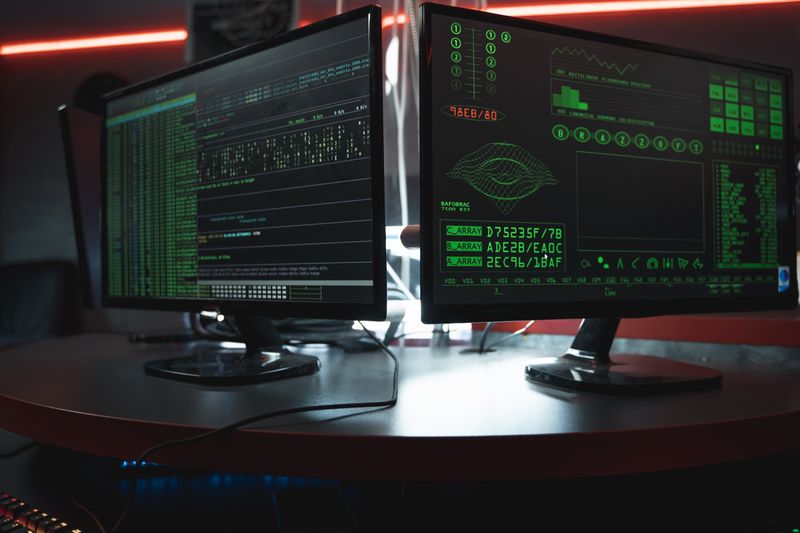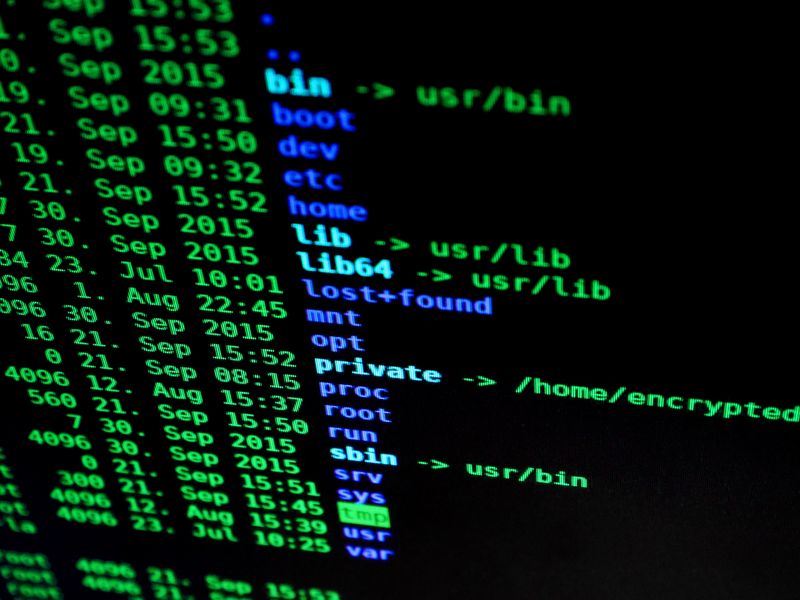Management & Strategy Security Team Huddle: Using the Full NIST Cybersecurity Framework for the Win
Just as a professional football team needs coordination, strategy, and adaptability to secure a win on the field, a well-rounded cybersecurity strategy must address specific challenges and threats. The National Institute of Standards and Technology (NIST) has recently made an important addition to its Cybersecurity Framework (CSF) by including “govern” as a core function. This provides much-needed guidance for organizations as they strive to establish and maintain strong security postures.
The Importance of the NIST Cybersecurity Framework
According to Gartner, the NIST CSF remains one of the most important structures for organizations seeking information security and risk management success, regardless of their size or industry. It is essential for organizations to understand how each of the six core functions of the framework – identify, protect, detect, respond, recover, and govern – can work together to create a solid foundation for their network security.
Interconnecting Functions: The Football Analogy
The way in which these functions interconnect and work together can be compared to how a professional sports team performs and overcomes challenges. In the context of football, each of the functions can be related to specific aspects of the game.
Identify
Just as a football team reviews footage of their opponents to determine strengths and weaknesses, the identify function in cybersecurity involves understanding an organization’s assets, risks, and vulnerabilities. By identifying critical assets, potential threats, and risk appetite, security teams can make informed decisions about resource allocation and strategy, similar to a football coach setting up an offensive play based on their knowledge of the opponent’s defenses.
Protect
In football, protecting the quarterback is crucial for the success of the team. The offensive line works to prevent the defense from breaking through and sacking the quarterback. Similarly, in cybersecurity, the protect function involves implementing safeguards based on the information gathered during the identification phase. Access controls, encryption, training programs, security policies, and technologies are all important in safeguarding the system and minimizing potential damages, just like a well-coordinated offensive line protects the quarterback.
Detect
Even with robust protection measures, some attacks may still occur. In football, some sacks may still happen, despite the offensive line’s best efforts. The detect function in cybersecurity involves setting up mechanisms to monitor and identify anomalous activities or possible breaches. Intrusion detection systems and ongoing monitoring play important roles in this phase. Early detection allows security teams to respond quickly and minimize the impact, similar to how a team can quickly adjust their strategy after identifying a failed play.
Respond
Having a well-defined incident response plan and procedures in place is key in this phase. Just like a team huddles after a failed play, the response function involves containing and mitigating an incident and then effectively communicating with stakeholders. By analyzing what went wrong and providing direction on what to do next, the team can ensure the best offensive or defensive actions take place for a successful outcome. Similarly, in cybersecurity, a proper response plan ensures quick mitigation and restoration of normal operations.
Recover
After a failed play, the players must bounce back quickly and get into position for the next play. In cybersecurity, the recover function involves minimizing downtime and restoring systems and operations quickly after a security incident. This includes addressing the vulnerabilities that led to the incident. Backup and recovery solutions, as well as cloud and virtual recovery tools, play a crucial role in this phase, just like the players quickly regroup and get ready for the next play.
Govern
The newest function in the NIST CSF, “govern,” provides an overarching framework that guides and supports all of the other functions. In football, this is where the coaching staff gets most involved, providing direction and oversight based on their knowledge of all the previous functions. In cybersecurity, governance involves establishing policies and procedures to ensure that cybersecurity efforts align with business objectives. It also enables organizations to measure how well their overall system is operating and report on the efficacy of security tools during audits.
A Holistic and Effective Cybersecurity Approach
A successful cybersecurity strategy requires coordination, strategy, and adaptability, just like a winning football team. By integrating and interconnecting all six functions of the NIST CSF, organizations can establish a holistic and effective approach to cybersecurity. This approach should also involve continuous assessment procedures and collaboration among different teams within an organization, from IT to legal to the executive team. By viewing cybersecurity as a collaborative effort, organizations can address specific challenges and threats, adapt to evolving risks, and ensure the ongoing protection of their network.
Editorial and Advice
The inclusion of the “govern” function in the NIST CSF is a welcome addition that provides organizations with a more comprehensive framework for their cybersecurity strategies. This function emphasizes the importance of governance and aligning cybersecurity efforts with business objectives. It also enables organizations to measure the effectiveness of their security tools and procedures during audits.
As cybersecurity threats continue to evolve and grow in complexity, it is crucial for organizations to have a well-rounded and integrated cybersecurity strategy. By following the six core functions of the NIST CSF – identify, protect, detect, respond, recover, and govern – organizations can establish a solid foundation for their network security. Collaboration among different teams within an organization is also key to a holistic and effective approach.
Additionally, organizations should prioritize continuous assessment procedures to adapt to evolving risks. Regularly reviewing and updating security measures can help organizations stay ahead of potential threats and minimize the impact of security incidents.
Overall, organizations should view cybersecurity as an ongoing process that requires constant vigilance and adaptation. By implementing and following the NIST CSF and taking a collaborative approach, organizations can better navigate the complex landscape of cybersecurity and ensure the protection of their valuable assets.

<< photo by Tima Miroshnichenko >>
The image is for illustrative purposes only and does not depict the actual situation.
You might want to read !
- Exploring the Enhanced Features of NIST Cybersecurity Framework 2.0
- Unlocking the Key Insights: Leveraging Survey Findings to Optimize Remediation Life Cycle for Security Pros
- The Reality of Ransomware: A Costly Breach Exposes Vulnerabilities in Personal Health Data Security
- UN Warns of Rising Online Scams in Southeast Asia, Threatening Hundreds of Thousands




